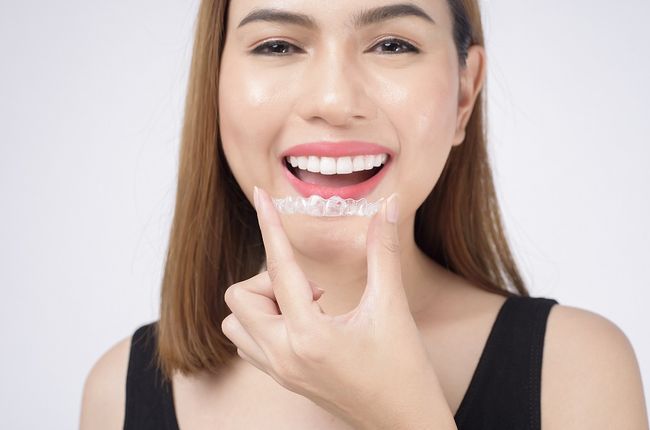Braces
Malocclusion is a dental condition that has affected the lives of millions of people around the world. In the US alone, approx. 57% to 59% of adults have some form of malocclusion, and at least 38% to 40% of them seek orthodontic attention. This shows how important it is to have perfectly aligned teeth and its effect on the self-confidence of people.
Dr. Sun and her team have treated hundreds of patients with malocclusion. Along with state-of-the-art technology and a friendly and caring approach, their practice is one of the best in Naperville, IL.
What causes malocclusion?
Family history: In most cases, malocclusion is caused due to heredity. If either or both of the parents have malocclusion, chances run high that their child would have some form of malocclusion as well.
Faulty oral habits: When a person has habits such as chewing on hard objects, clenching jaws, subconsciously grinding teeth, biting nails, etc. it could initiate a change in the alignment of their teeth. Sometimes, malocclusion could start at an early age when children tend to suck on their thumbs or a poorly designed pacifier.
Oddly shaped dental arch: When the dental arch is a wide one, the teeth are spaced far apart from each other. When it is too small, the teeth may overlap on one another, causing crowding.
Loss of teeth: When a person gets their tooth extracted, it leaves a gap in the jawbone for the adjoining teeth to drift from their sockets. This can cause the teeth to appear crooked.
What are dental braces?
Dental braces are orthodontic appliances used to treat a malocclusion. They are comprised of metal, ceramic, or composite brackets that are fixed on to the surface of the teeth using dental adhesives. Wires, which are made from either nylon or metal, are made to run through them. They apply pressure on the brackets in a controlled way to gently move the teeth to their desired positions. The dentist tightens or loosens them as required to increase or decrease the pressure applied to the teeth.
Treatment procedure
During the initial screening of the teeth, the dentist determines the severity of the condition and draws up a suitable treatment plan to cater to your specific needs. The dentist would have to remove a few teeth as they require space to move from their positions. Local anesthesia would be administered prior to the extraction to numb the tooth, gums, and jawbone.
Next, the brackets will be fixed to the teeth based on which direction they have to be moved. Once they firmly adhere to the surface, the dentist runs wires through them and attaches their ends securely. Depending on the severity of the condition, the treatment period may last accordingly.
During the treatment period, the patient must take care not to injure themselves as a hard blow to the mouth could cause considerable injury to the inner soft tissues of the mouth. Also, the type of diet you follow while wearing braces must be monitored. Some of the foods to avoid are:
- Foods that tend to get stuck between your teeth, such as chocolate, chips, caramel candies, gummy bears, chewing gum, leafy veggies, etc
- Foods that may damage the braces, such as nuts, ice, hard candies, etc
- Foods that require biting, such as apples, carrots, corn cob, etc
Maintaining optimum oral hygiene becomes essential while wearing braces. If food particles and debris tend to get stuck in between the teeth and braces, it could cause discoloration of the teeth and possibly even cavities. Make sure to brush at least twice a day with a soft-bristle toothbrush.
Please schedule an appointment online or call us at (630) 978-9005 to have a consultation with Dr. Sun, and we will be happy to help.
Office Hours
MON 8:00 am - 4:00 pm
TUE 8:00 am - 6:30 pm
WED 7:30 am - 2:00 pm
THU Closed
FRI 8:00 am - 1:30 pm
SAT 7:30 am - 1:00 pm
SUN Closed







